I dread Daylight Saving Time, and I know I’m not the only one who does.
Whether it’s the frustrating “fall back” or the superfluous “spring forward,” I do not appreciate the transitions. I grip my coffee for dear life and yawn every five seconds. I go to bed too late, wake up too early and have to re-learn how to change the analog clock in my car.
For a solid week, I wear a weary scowl and carry my resentment toward DST with me to all of my classes. It’s simply exhausting.
American time zones were first established by The Standard Time Act in 1918. This law included the contentious DST – the time shift where society sets our clocks forward one hour starting “on the second Sunday in March” and ending “on the first Sunday in November.”
Although being tired is a part of life – and definitely a part of college student life – DST doesn’t have to be. With negative health effects and consistent opposition from the American public, this outdated practice must be put to rest for good.
Circadian rhythms are natural processes that occur over 24-hours to regulate the body. Light exposure synchronizes the sleep-wake rhythm; this is why changing the pattern twice in a year makes it difficult for our bodies to adjust.
Furthermore, subjecting ourselves to drastic shifts in our sleep schedule is incredibly detrimental. Scholars have found DST increases the risk of a cardiovascular event, stroke and atrial fibrillation. This recent study noted an increase in psychoactive substance use that contributed to mental and behavioral disorders, due to the increased state of vulnerability that sleep deprivation causes.
Evidently, the November time shift is more disturbing to a morning person’s rhythm, and the spring time shift is more disruptive to a evening person’s circadian rhythm.
This study found that following the “spring forward” change, “On average, people tend to sleep 40 min less following phase advances as compared with all other non-phase change days.”
According to Fritz et al., there is a 6% increase in fatal traffic accidents associated with the spring time change. This study also estimated approximately 28 accidents per year could be prevented if DST was abolished.
The American Academy of Sleep Medicine found that 63% of 2,007 Americans surveyed support the elimination of DST. I suspect this number would be even higher with a wider subject pool.
Unfortunately, previous attempts by Oregon senators to quash the controversial time change have been unsuccessful. There has been no significant success removing DST at the federal level either.
In a survey of 55,000 participants, researchers concluded that participants slept better during Standard Time (ST). Another study asserts that abolishing DST and embracing ST year-round would be the best way to align circadian rhythms.
Regardless of what society decides to do, the sun will continue to rise and set. But I know we would all sleep better if we didn’t have to worry about Daylight Savings.


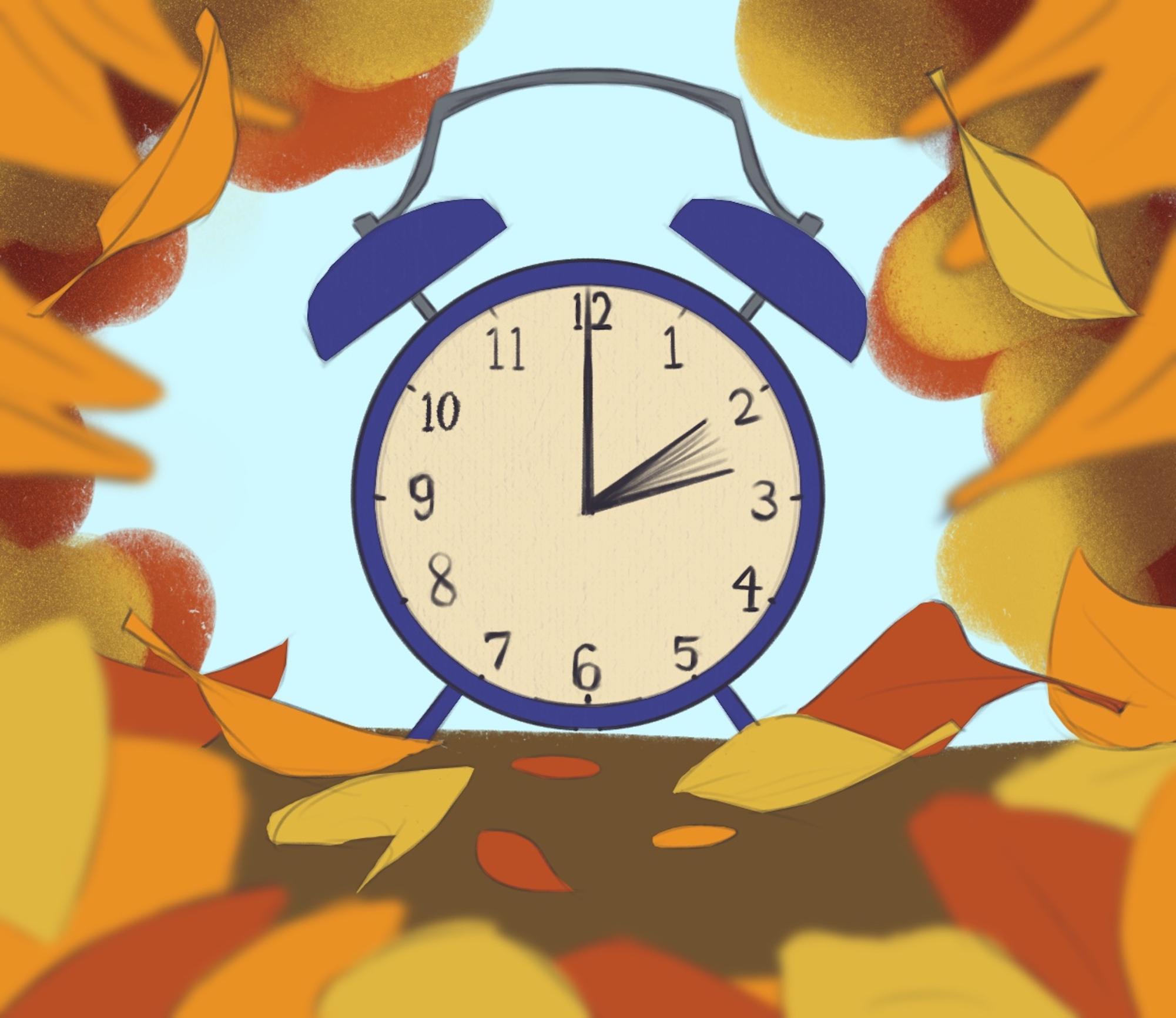

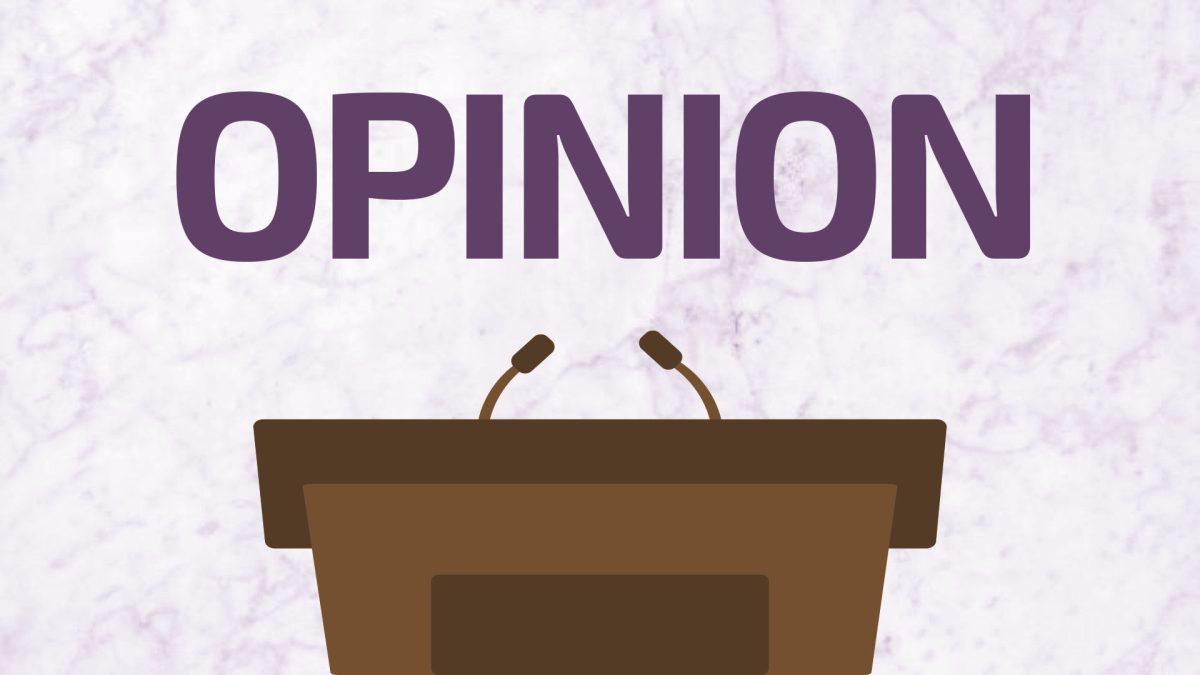

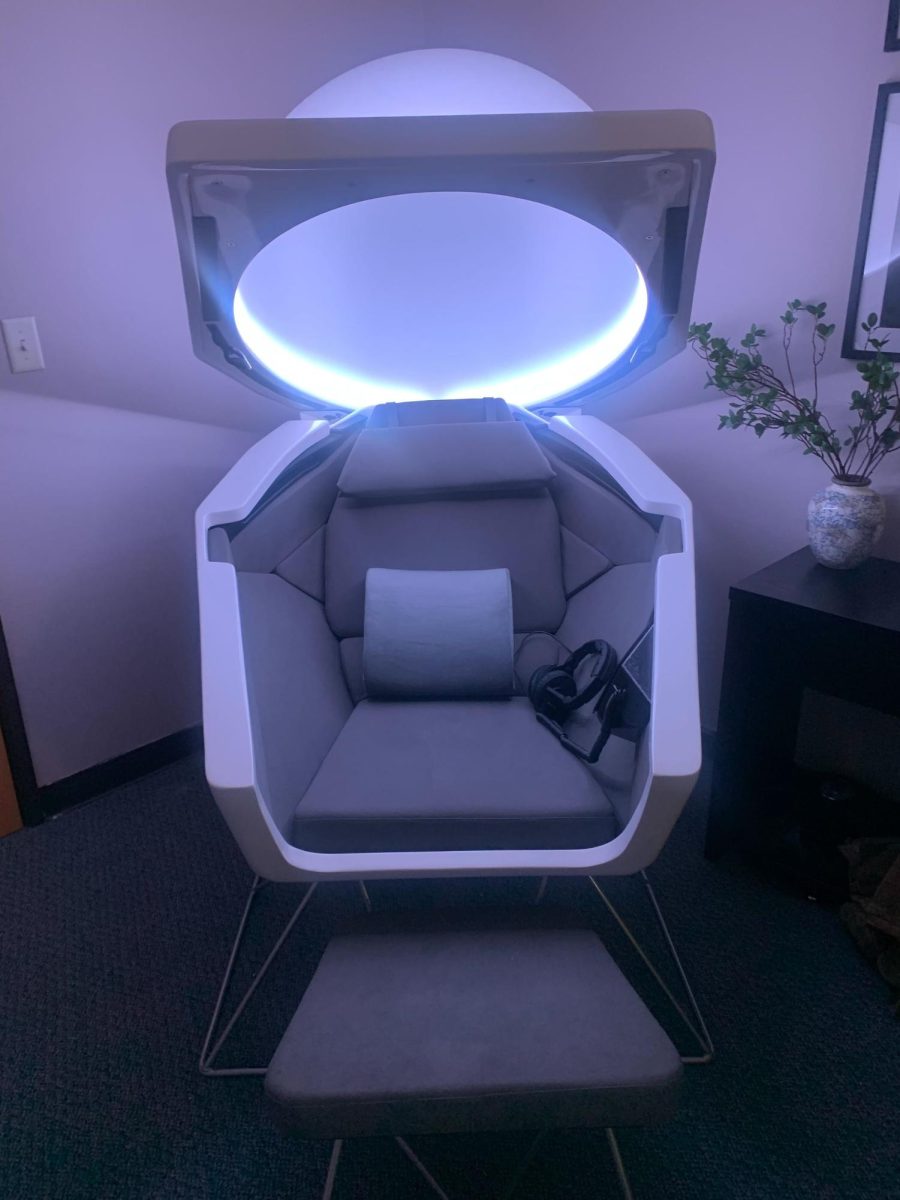
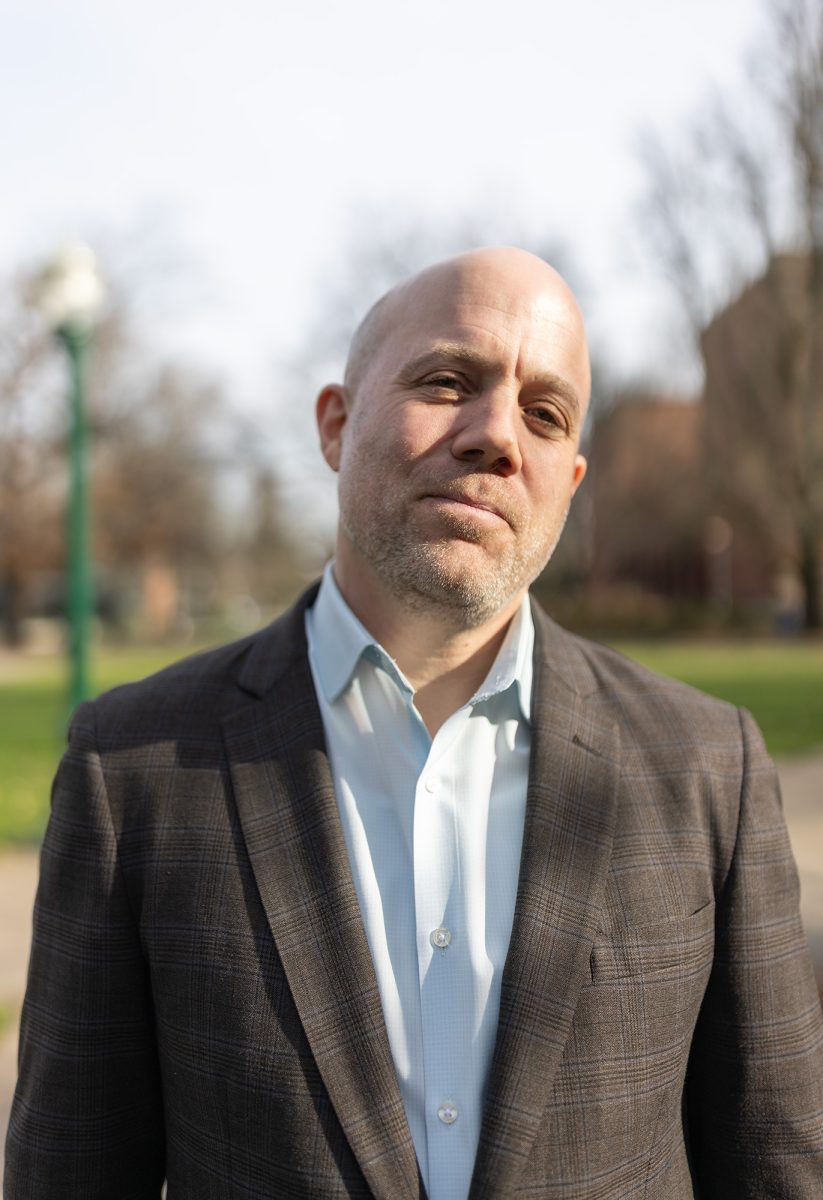

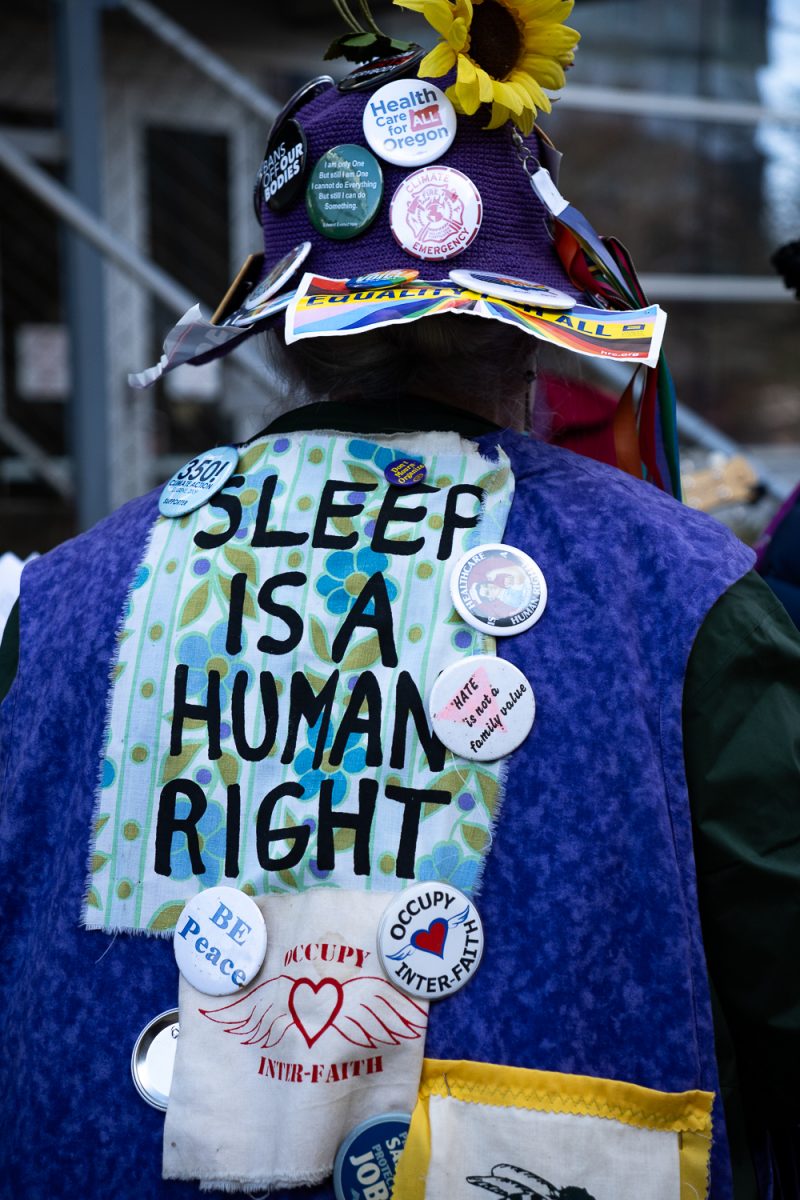
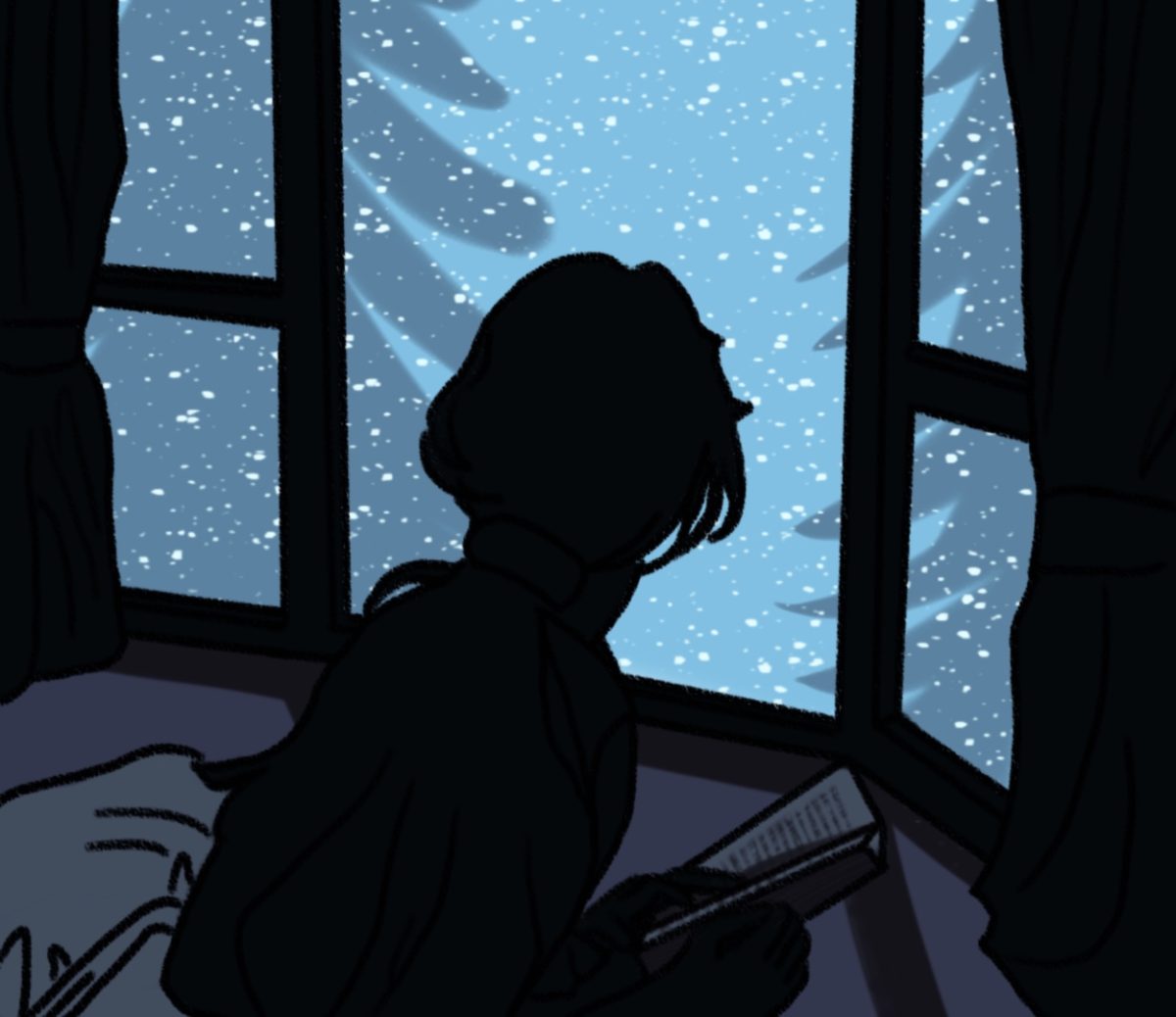



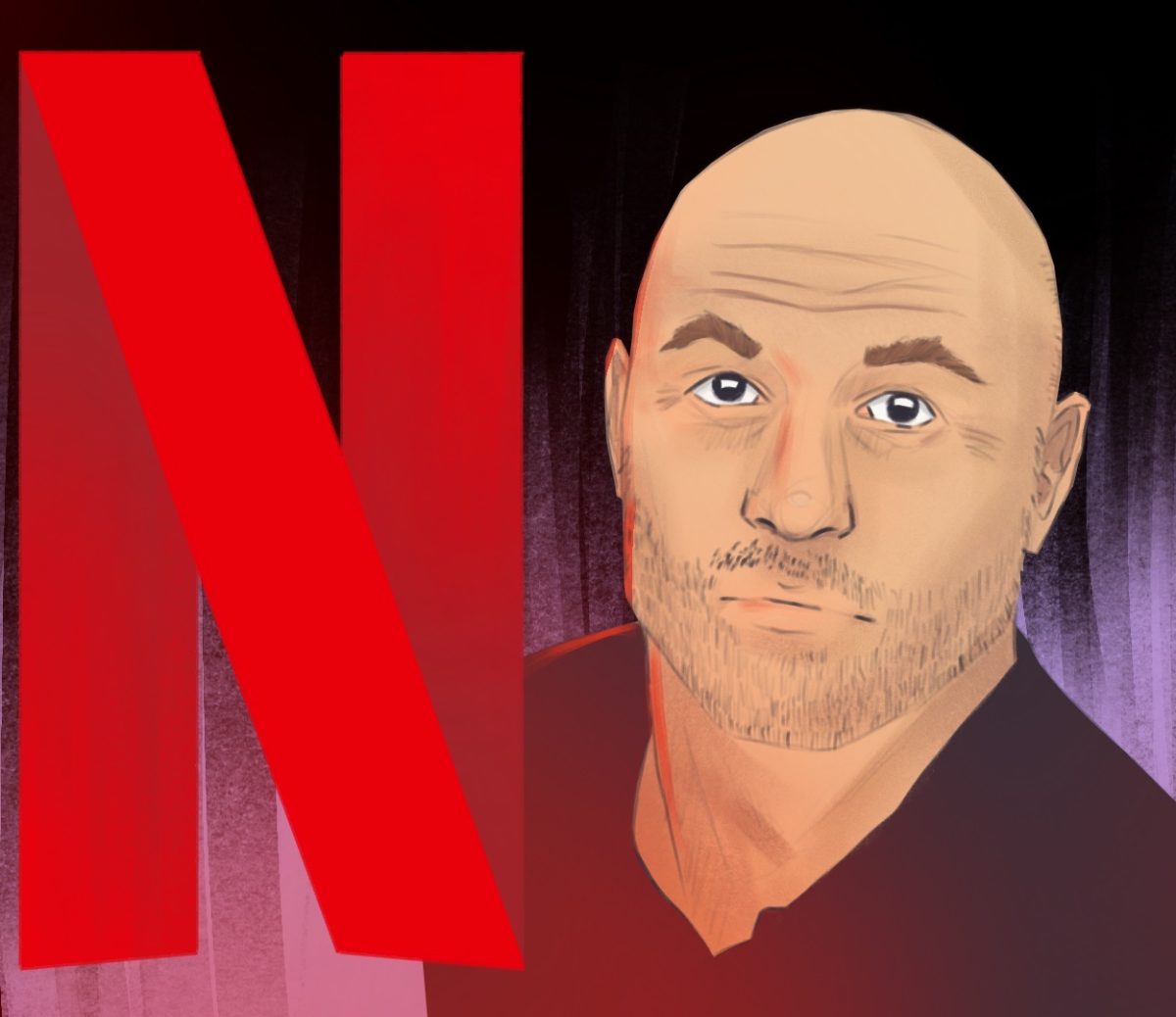

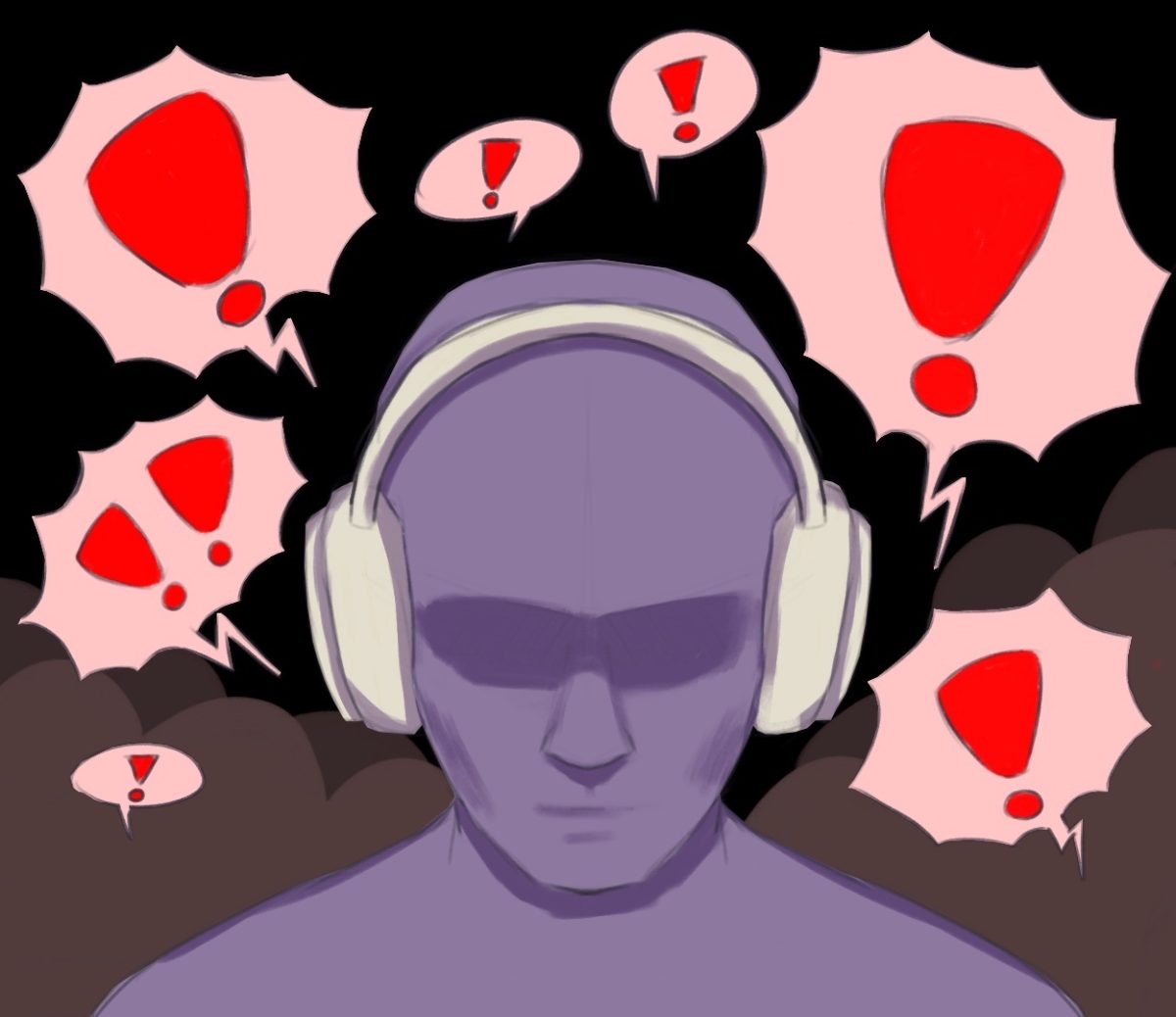
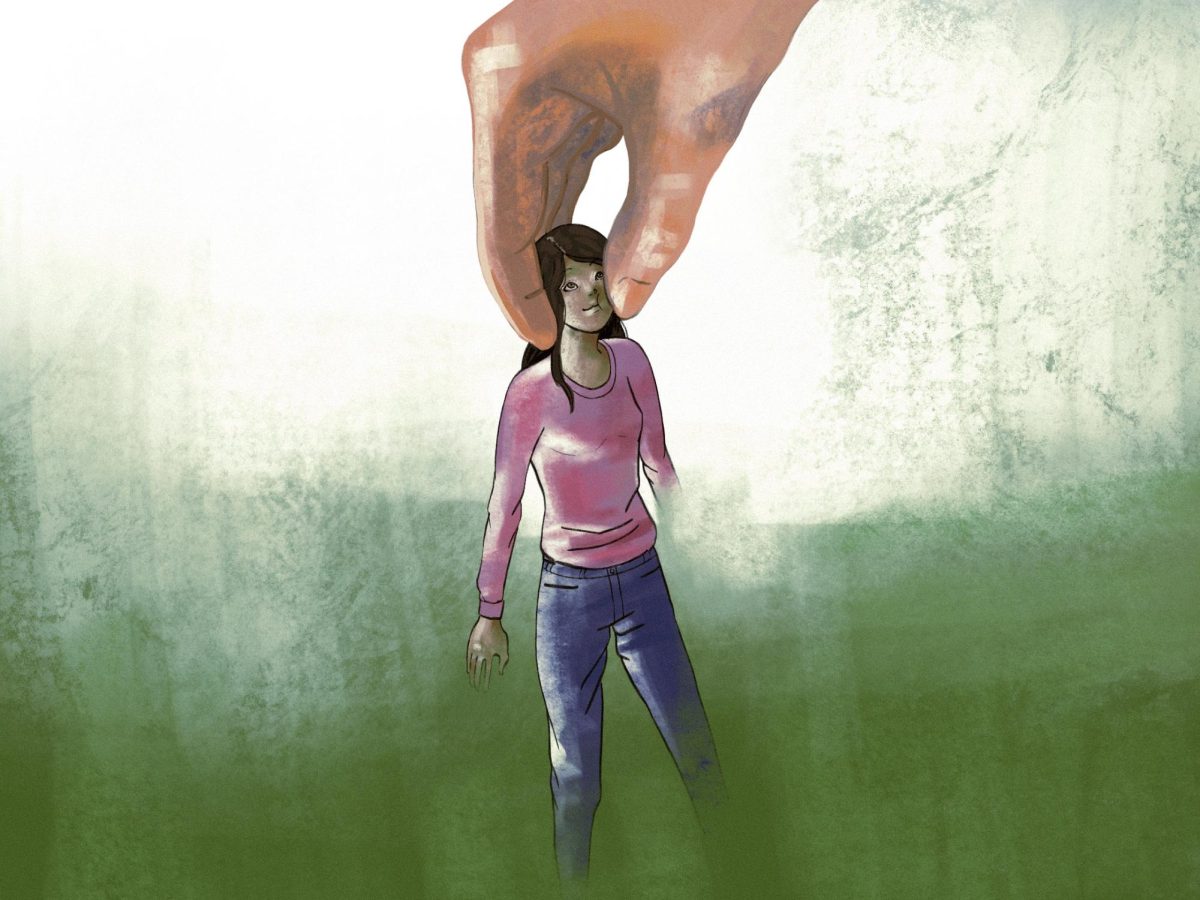
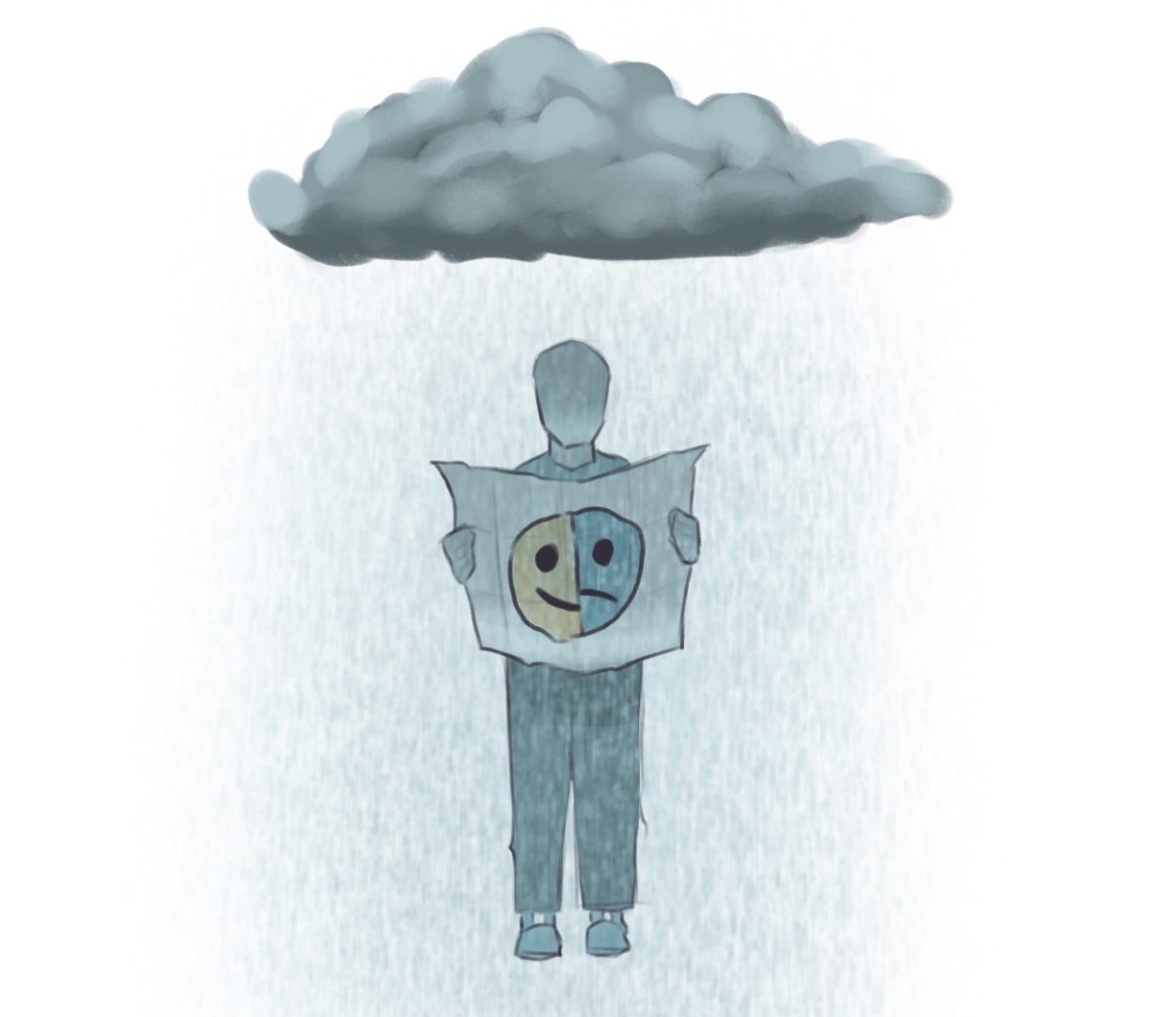

katherine hernandez • Nov 12, 2024 at 12:17 pm
Amazing article Abby! Loved reading and reflecting on what I learned in my sleep studies class last year. You have a very valid point!!